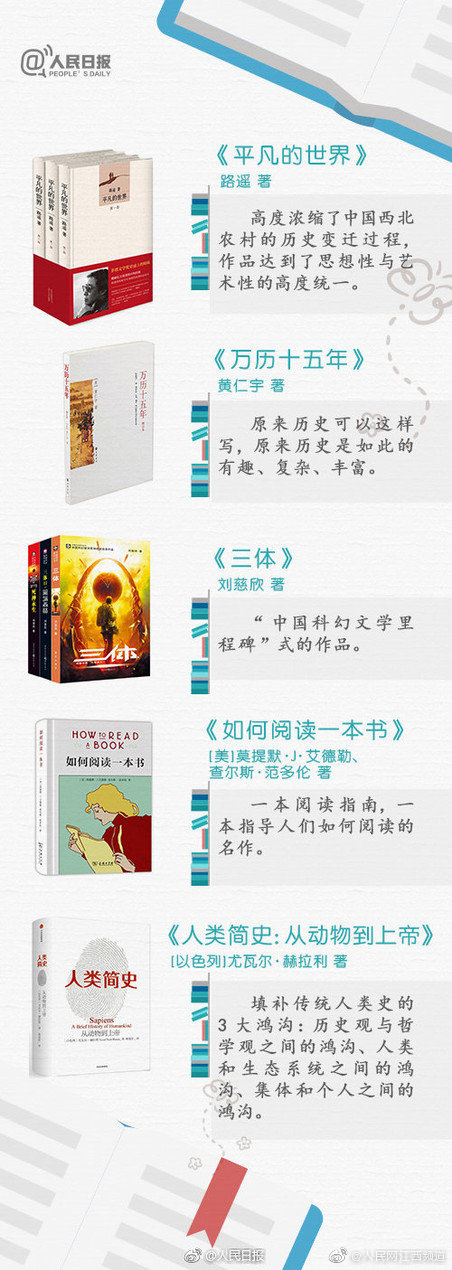
VVL is an abbreviated word for variablevalvelift in English, which means variable valve lift. The valve lift of traditional gasoline engines is fixed and immutable. That is to say, there is only one kind of cam-shaped line of the camshaft. As a result, it is impossible for the lift to make the engine respond well in both the high-speed and low-speed zones.
VVL (Variable Valve Lift) variable valve lift technology is an advanced level of VVT. VVT controls the valve opening and closing time, and VVL controls the size of the valve opening and closing. VVL enables the engine to meet the requirements of valve lift in both high-speed and low-speed areas, thus improving the high-speed power and low-speed torque of the engine.
VVL (variable valve lift) means variable valve lift, and VVT (Variable Valve Timing) means engine variable valve timing technology. The valve lift of traditional gasoline engines is fixed and immutable. That is to say, there is only one kind of cam-shaped line of the camshaft.
1. VVL is an abbreviated word for variable valve lift in English, indicating variable valve lift.The valve lift of traditional gasoline engines is fixed and immutable. The adoption of VVL enables the engine to get valve lifts to meet the requirements in both high-speed and low-speed zones, thus improving the high-speed power and low-speed torque of the engine.
2. vvl refers to the engine equipped with vvl variable valve lift technology. The vvl variable valve lift technology can send instructions to the solenoid valve through the engine computer according to the operation of the engine, and change the lift of the engine valve through the adjustment of oil pressure, thus changing the opening of the valve. The size allows the engine to get a better air-fuel ratio.
3. vvl: variable valve lift. The valve lift of traditional gasoline engines is fixed and immutable. That is to say, there is only one kind of cam-shaped line of the camshaft. The valve lift of traditional gasoline engines - the cam line design is a balanced choice for the engine under all working conditions.
4. Vvl engine refers to an engine equipped with vvl variable valve lift technology.
5. VVL (variable valve lift) means variable valve lift, and VVT (Variable Valve Timing) means engine variable valve timing technology. The valve lift of traditional gasoline engines is fixed and immutable. That is to say, there is only one kind of cam-shaped line of the camshaft.
1, v Vl: variable valve lift. The valve lift of traditional gasoline engines is fixed and immutable. That is to say, there is only one kind of cam-shaped line of the camshaft. The valve lift of traditional gasoline engines - the cam line design is a balanced choice for the engine under all working conditions.
2. The adoption of VVL enables the engine to meet the requirements of the valve lift in both high-speed and low-speed areas. So as to improve the high-speed power and low-speed torque of the engine.
3, VVL: The valve stroke can be changed. On the surface, it can be adjusted in two segments, but in fact, it can be adjusted in three segments (high turn, transit, low turn). VVT: The valve stroke and the duration of valve opening and closing cannot be changed. Output power VVL: The output power is high. VVT: The output power is lower than that of VVL.
1. CVVT is Continuous Variable Valve Timing in English Abbreviation, translated into Chinese is continuous variable valve timing mechanism, which is one of the many variable valve timing technologies that have been gradually applied to modern cars in recent years.
2. What do DVVT and CVVT of automobile engines mean?Engine DVVT is a double variable valve timing technology, and CVVT is a continuous variable valve timing technology. What is valve timing? The meaning of timing can be understood as "acting according to the prescribed timing". For example, if the engine is a little on fire, it is to let the spark plug ignite at the specified time.
3. DVVT: It refers to the double variable valve timing, and its valve opening phase has two moments. CVVT: It is a continuously variable valve timing, which can be continuously adjusted between the two limit phases of the allowed valve timing. First of all, VVT refers to the variable valve timing.
1. VVL is the abreviation of variable valve lift in English, which indicates the variable valve lift.The valve lift of traditional gasoline engines is fixed and immutable. The adoption of VVL enables the engine to get valve lifts to meet the requirements in both high-speed and low-speed zones, thus improving the high-speed power and low-speed torque of the engine.
2. The full name of VVL is variable valve lift, which means variable valve lift. Simply put, the variable valve timing system changes the timing of the valve opening and closing, while the variable valve lift changes the valve opening. The valve lift of traditional gasoline engines is fixed. That is to say, the camshaft has only one cam contour.
3. vvl: variable valve lift. The valve lift of traditional gasoline engines is fixed and immutable. That is to say, there is only one kind of cam-shaped line of the camshaft. The valve lift of traditional gasoline engines - the cam line design is a balanced choice for the engine under all working conditions.
BYD Speedy adopts a 5-liter naturally aspirated engine and matches a 5-speed manual gearbox. BYD Sudi's 5-liter naturally aspirated engine, with a maximum torque of 109 horsepower, 145 Nm. This engine can output maximum power at 5800 rpm and maximum torque at 4800 rpm.
liter naturally aspirated engine and 5-liter turbocharged engine. According to the official website of BYD Automobile, BYD Surui is a compact car. In 2012, BYD Surui was officially launched with a 5-liter naturally aspirated engine and a 5-liter turbocharged engine.
Speedy equipped with 5L, 5TI and 5TID engines have excellent power and are in the leading position among autonomous models.
The Speedy 5TID model is equipped with a 5L turbocharged engine and a 6-speed dual-clutch gearbox independently developed by BYD, of which "TI" represents a turbocharged direct injection engine, while "D" represents a dual-clutch gearbox.
No. The BYD Speedy engine adopts a 5-liter naturally aspirated engine, which is independently developed, not a high-speed engine. BYD Surui is a compact car. BYD Surui was officially launched in 2012, among which the new Surui also has a new power combination of 5L engine + 6-speed DCT gearbox.
HS code integration with audit trails-APP, download it now, new users will receive a novice gift pack.
VVL is an abbreviated word for variablevalvelift in English, which means variable valve lift. The valve lift of traditional gasoline engines is fixed and immutable. That is to say, there is only one kind of cam-shaped line of the camshaft. As a result, it is impossible for the lift to make the engine respond well in both the high-speed and low-speed zones.
VVL (Variable Valve Lift) variable valve lift technology is an advanced level of VVT. VVT controls the valve opening and closing time, and VVL controls the size of the valve opening and closing. VVL enables the engine to meet the requirements of valve lift in both high-speed and low-speed areas, thus improving the high-speed power and low-speed torque of the engine.
VVL (variable valve lift) means variable valve lift, and VVT (Variable Valve Timing) means engine variable valve timing technology. The valve lift of traditional gasoline engines is fixed and immutable. That is to say, there is only one kind of cam-shaped line of the camshaft.
1. VVL is an abbreviated word for variable valve lift in English, indicating variable valve lift.The valve lift of traditional gasoline engines is fixed and immutable. The adoption of VVL enables the engine to get valve lifts to meet the requirements in both high-speed and low-speed zones, thus improving the high-speed power and low-speed torque of the engine.
2. vvl refers to the engine equipped with vvl variable valve lift technology. The vvl variable valve lift technology can send instructions to the solenoid valve through the engine computer according to the operation of the engine, and change the lift of the engine valve through the adjustment of oil pressure, thus changing the opening of the valve. The size allows the engine to get a better air-fuel ratio.
3. vvl: variable valve lift. The valve lift of traditional gasoline engines is fixed and immutable. That is to say, there is only one kind of cam-shaped line of the camshaft. The valve lift of traditional gasoline engines - the cam line design is a balanced choice for the engine under all working conditions.
4. Vvl engine refers to an engine equipped with vvl variable valve lift technology.
5. VVL (variable valve lift) means variable valve lift, and VVT (Variable Valve Timing) means engine variable valve timing technology. The valve lift of traditional gasoline engines is fixed and immutable. That is to say, there is only one kind of cam-shaped line of the camshaft.
1, v Vl: variable valve lift. The valve lift of traditional gasoline engines is fixed and immutable. That is to say, there is only one kind of cam-shaped line of the camshaft. The valve lift of traditional gasoline engines - the cam line design is a balanced choice for the engine under all working conditions.
2. The adoption of VVL enables the engine to meet the requirements of the valve lift in both high-speed and low-speed areas. So as to improve the high-speed power and low-speed torque of the engine.
3, VVL: The valve stroke can be changed. On the surface, it can be adjusted in two segments, but in fact, it can be adjusted in three segments (high turn, transit, low turn). VVT: The valve stroke and the duration of valve opening and closing cannot be changed. Output power VVL: The output power is high. VVT: The output power is lower than that of VVL.
1. CVVT is Continuous Variable Valve Timing in English Abbreviation, translated into Chinese is continuous variable valve timing mechanism, which is one of the many variable valve timing technologies that have been gradually applied to modern cars in recent years.
2. What do DVVT and CVVT of automobile engines mean?Engine DVVT is a double variable valve timing technology, and CVVT is a continuous variable valve timing technology. What is valve timing? The meaning of timing can be understood as "acting according to the prescribed timing". For example, if the engine is a little on fire, it is to let the spark plug ignite at the specified time.
3. DVVT: It refers to the double variable valve timing, and its valve opening phase has two moments. CVVT: It is a continuously variable valve timing, which can be continuously adjusted between the two limit phases of the allowed valve timing. First of all, VVT refers to the variable valve timing.
1. VVL is the abreviation of variable valve lift in English, which indicates the variable valve lift.The valve lift of traditional gasoline engines is fixed and immutable. The adoption of VVL enables the engine to get valve lifts to meet the requirements in both high-speed and low-speed zones, thus improving the high-speed power and low-speed torque of the engine.
2. The full name of VVL is variable valve lift, which means variable valve lift. Simply put, the variable valve timing system changes the timing of the valve opening and closing, while the variable valve lift changes the valve opening. The valve lift of traditional gasoline engines is fixed. That is to say, the camshaft has only one cam contour.
3. vvl: variable valve lift. The valve lift of traditional gasoline engines is fixed and immutable. That is to say, there is only one kind of cam-shaped line of the camshaft. The valve lift of traditional gasoline engines - the cam line design is a balanced choice for the engine under all working conditions.
BYD Speedy adopts a 5-liter naturally aspirated engine and matches a 5-speed manual gearbox. BYD Sudi's 5-liter naturally aspirated engine, with a maximum torque of 109 horsepower, 145 Nm. This engine can output maximum power at 5800 rpm and maximum torque at 4800 rpm.
liter naturally aspirated engine and 5-liter turbocharged engine. According to the official website of BYD Automobile, BYD Surui is a compact car. In 2012, BYD Surui was officially launched with a 5-liter naturally aspirated engine and a 5-liter turbocharged engine.
Speedy equipped with 5L, 5TI and 5TID engines have excellent power and are in the leading position among autonomous models.
The Speedy 5TID model is equipped with a 5L turbocharged engine and a 6-speed dual-clutch gearbox independently developed by BYD, of which "TI" represents a turbocharged direct injection engine, while "D" represents a dual-clutch gearbox.
No. The BYD Speedy engine adopts a 5-liter naturally aspirated engine, which is independently developed, not a high-speed engine. BYD Surui is a compact car. BYD Surui was officially launched in 2012, among which the new Surui also has a new power combination of 5L engine + 6-speed DCT gearbox.
Pulp and paper HS code compliance
author: 2024-12-23 11:52Comparative HS code duty analysis
author: 2024-12-23 11:49International trade database customization
author: 2024-12-23 10:24HS code-focused compliance audits
author: 2024-12-23 10:01How to improve vendor negotiations
author: 2024-12-23 09:37Top global trade data insights
author: 2024-12-23 11:41Automated trade documentation tools
author: 2024-12-23 11:36Global trade customs valuation analysis
author: 2024-12-23 11:18HS code-based cargo consolidation tools
author: 2024-12-23 11:16Regional value content by HS code
author: 2024-12-23 10:58 How to comply with dual-use regulations
How to comply with dual-use regulations
525.15MB
Check Metals and alloys HS code verification
Metals and alloys HS code verification
128.75MB
Check Supplier risk profiling with trade data
Supplier risk profiling with trade data
143.66MB
Check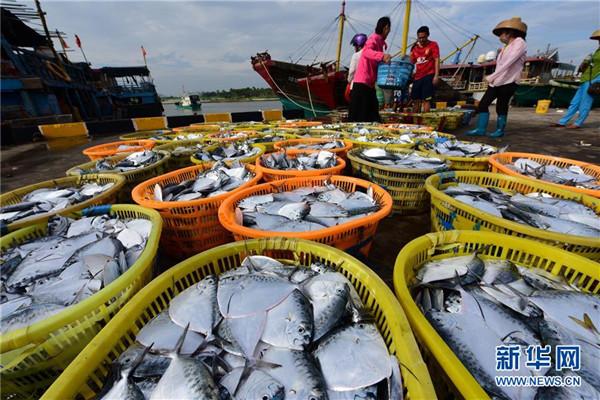 How to comply with EU trade regulations
How to comply with EU trade regulations
195.27MB
Check Global import export freight indexes
Global import export freight indexes
599.44MB
Check International freight rate analysis
International freight rate analysis
487.44MB
Check HS code-driven risk mitigation
HS code-driven risk mitigation
733.47MB
Check Global product lifecycle by HS code
Global product lifecycle by HS code
949.28MB
Check How to secure competitive freight rates
How to secure competitive freight rates
875.24MB
Check Cotton (HS code ) trade insights
Cotton (HS code ) trade insights
922.34MB
Check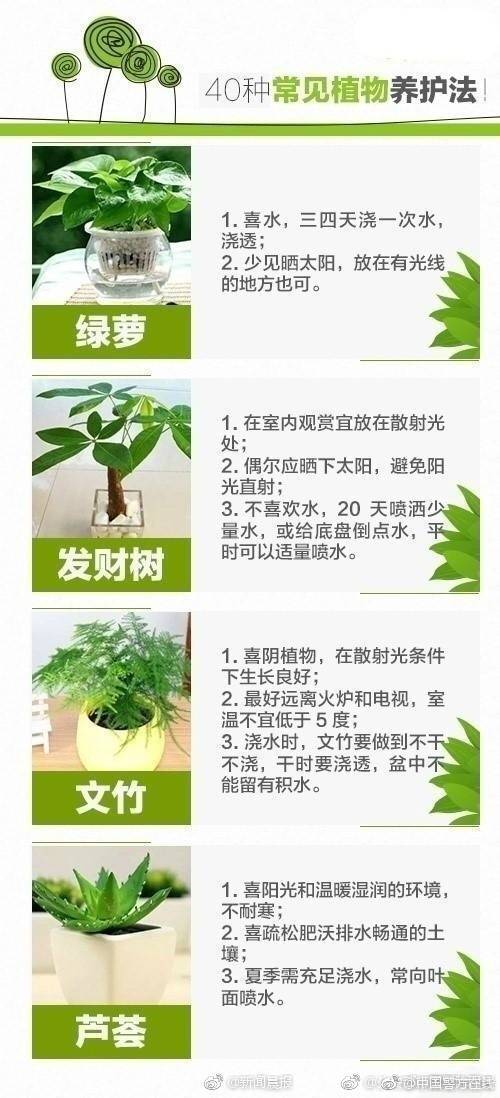 Top supply chain intelligence providers
Top supply chain intelligence providers
482.31MB
Check How to interpret complex trade patterns
How to interpret complex trade patterns
837.67MB
Check Predictive supplier scoring algorithms
Predictive supplier scoring algorithms
964.75MB
Check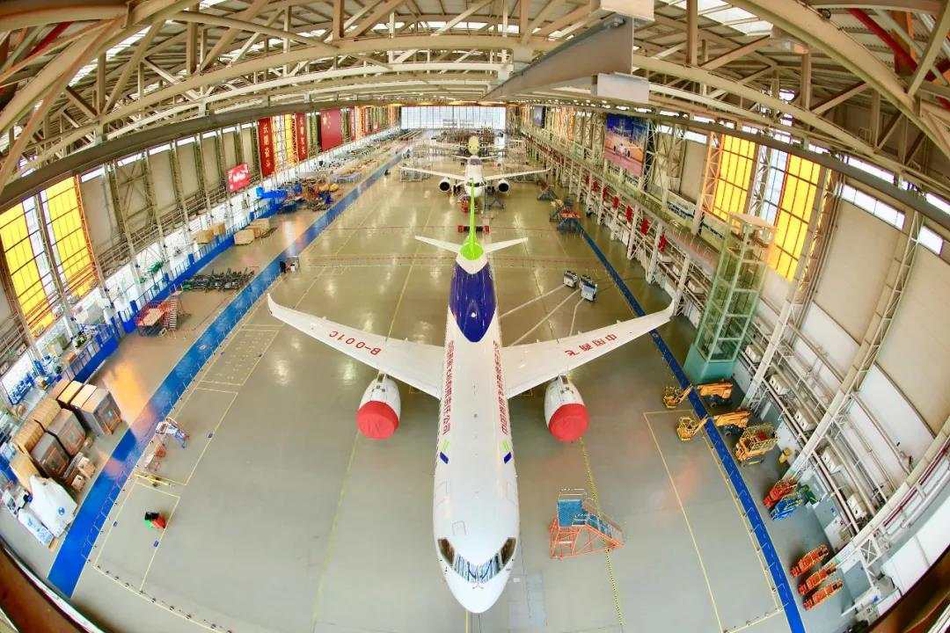 How to measure supplier performance
How to measure supplier performance
444.67MB
Check HS code categorization for finished goods
HS code categorization for finished goods
498.82MB
Check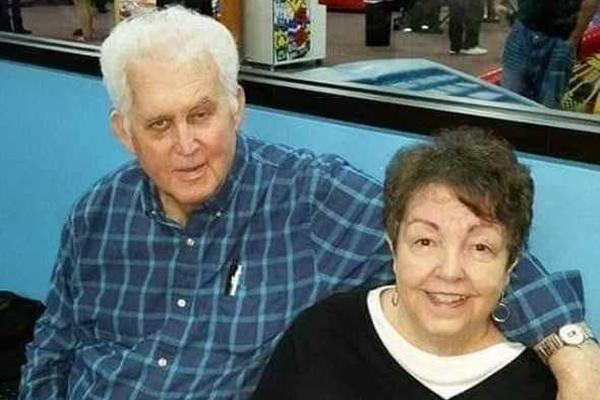 Trade data for enterprise resource planning
Trade data for enterprise resource planning
773.68MB
Check HS code-driven demand planning
HS code-driven demand planning
472.77MB
Check Livestock products HS code classification
Livestock products HS code classification
144.65MB
Check Global supplier scorecard templates
Global supplier scorecard templates
319.56MB
Check HS code-driven tariff equalization
HS code-driven tariff equalization
683.99MB
Check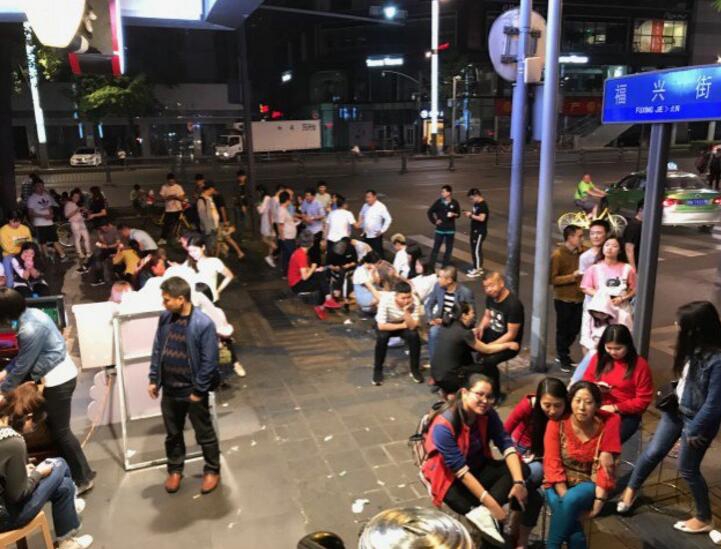 International procurement intelligence
International procurement intelligence
518.49MB
Check HS code-based negotiation with customs
HS code-based negotiation with customs
118.71MB
Check Africa customs data solutions
Africa customs data solutions
674.91MB
Check Top trade data plugins for analytics
Top trade data plugins for analytics
845.77MB
Check HS code correlation with duty rates
HS code correlation with duty rates
765.12MB
Check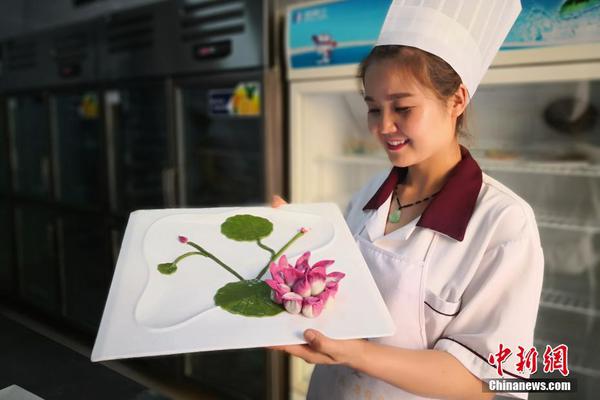 Non-GMO products HS code classification
Non-GMO products HS code classification
516.62MB
Check Rubber exports HS code classification
Rubber exports HS code classification
473.49MB
Check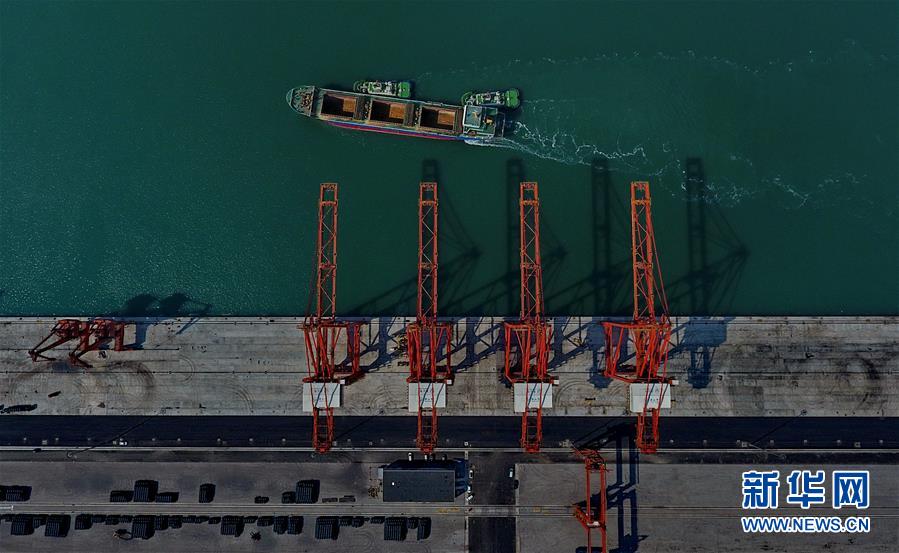 How to interpret trade statistics
How to interpret trade statistics
927.32MB
Check Global trade certification services
Global trade certification services
567.76MB
Check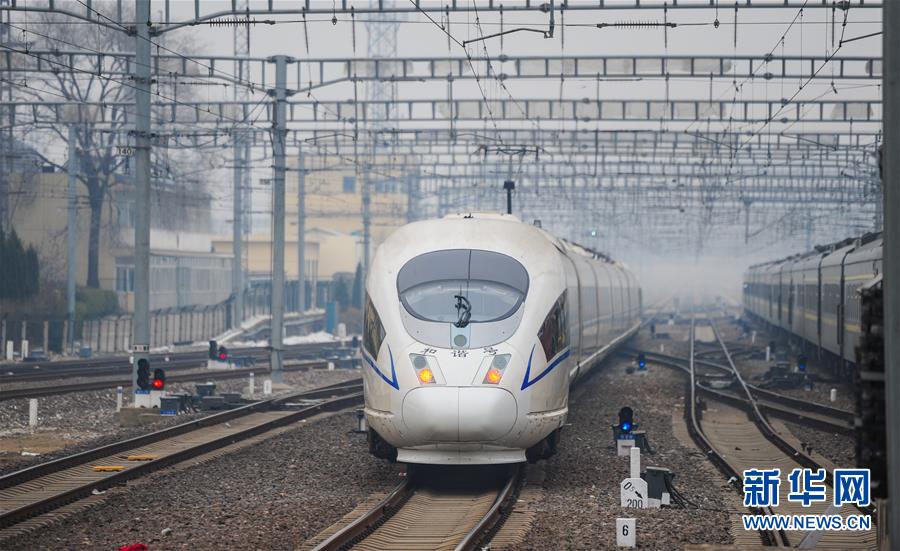 Data-driven trade invoice verification
Data-driven trade invoice verification
868.72MB
Check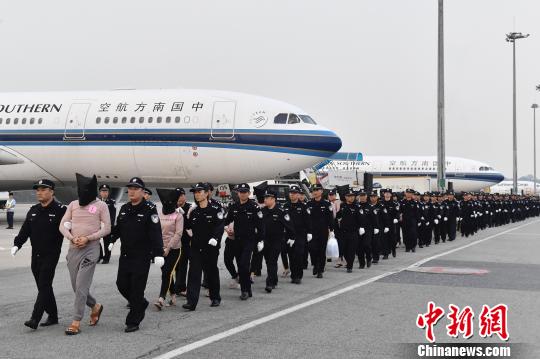 How to identify monopolistic suppliers
How to identify monopolistic suppliers
513.37MB
Check HS code-driven cost variance analysis
HS code-driven cost variance analysis
124.74MB
Check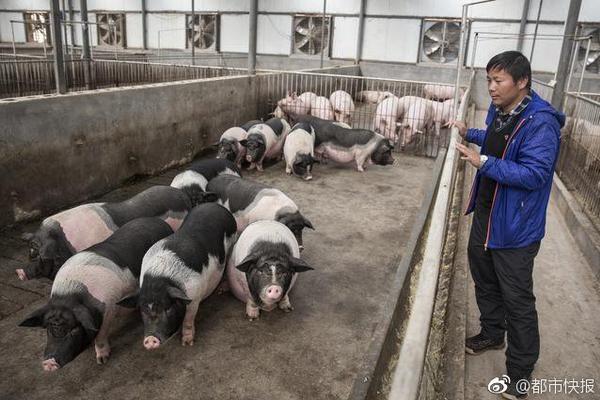 Data-driven supplier diversity programs
Data-driven supplier diversity programs
644.58MB
Check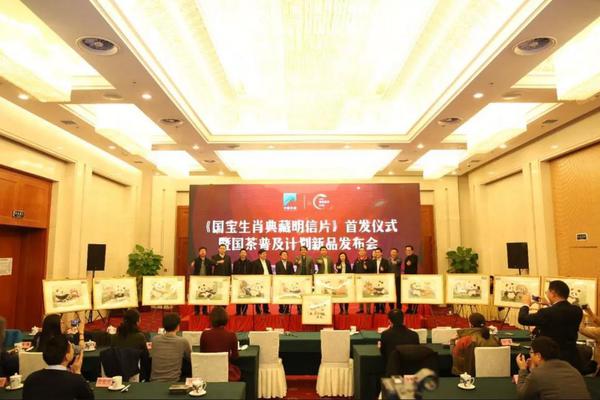 Trade data for non-profit organizations
Trade data for non-profit organizations
543.97MB
Check Predictive supply chain resilience
Predictive supply chain resilience
773.33MB
Check Processed grains HS code references
Processed grains HS code references
264.44MB
Check
Scan to install
HS code integration with audit trails to discover more
Netizen comments More
1118 How to use analytics for HS classification
2024-12-23 11:24 recommend
2701 How to manage port congestion data
2024-12-23 11:10 recommend
1937 Global trade analysis dashboard
2024-12-23 11:09 recommend
613 Global trade metadata enrichment
2024-12-23 10:58 recommend
579 HS code-based container stowage planning
2024-12-23 10:24 recommend